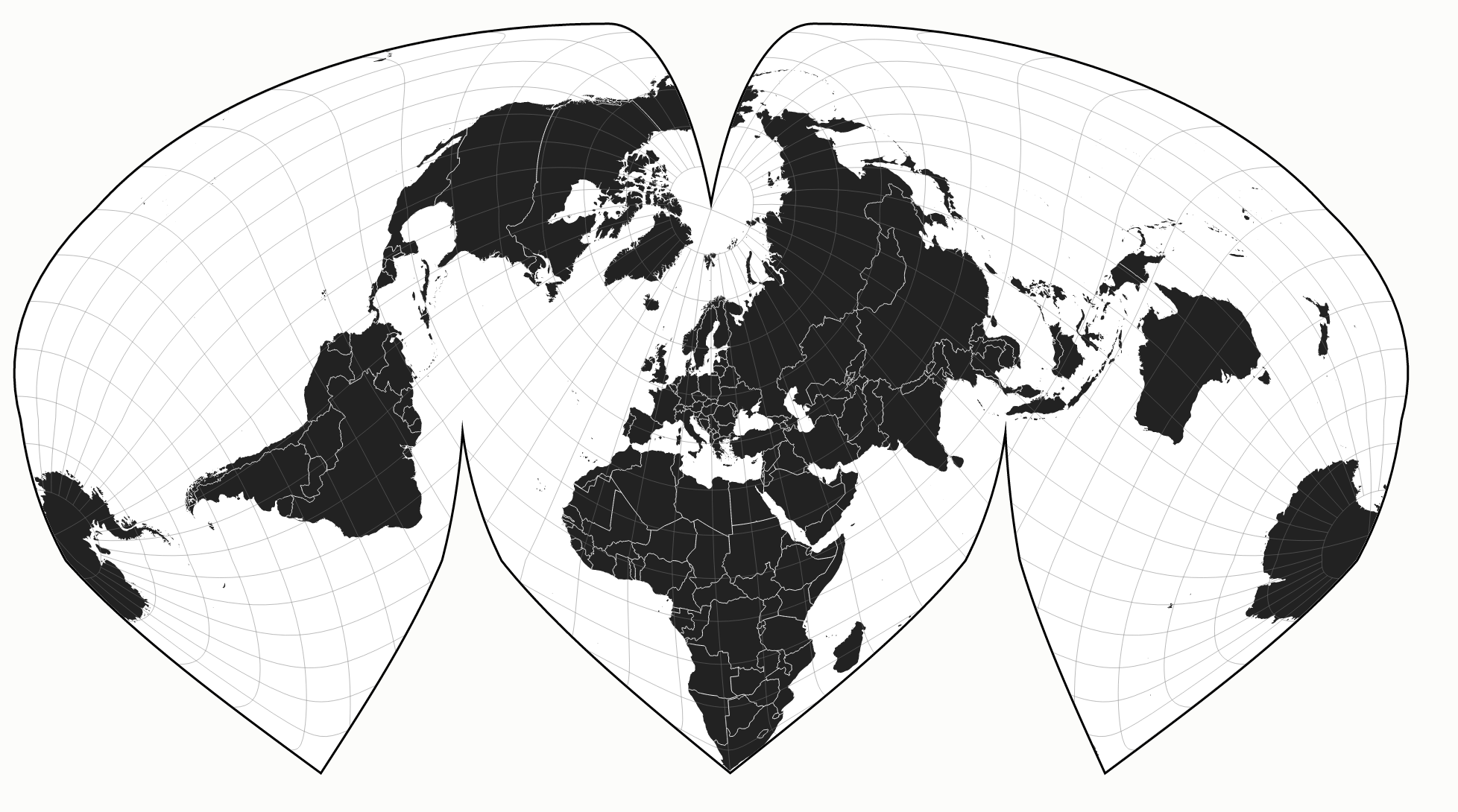


He called it the Strait of Anián, a name drawn from travel accounts of Marco Polo. In 1561 in Venice, Giacomo Gastaldi, one of the most prolific and influential mapmakers of the period, published a pamphlet and map that depicted a narrow waterway between northeastern Asia and northwestern America. “Almost any successive mapmaker of note for the next twenty-five years,” cartobibliographer Rodney Shirley wrote, “relied almost exclusively on Waldseemüller’s great work.” Waldseemüller engraved Terra Ultra Incognita in the northwest region of this conjectural continent. The world map of Martin Waldseemüller, published in Strasbourg in 1507, was best known as the first map to feature the toponym America, but it was also the first to suggest that these new lands were part of a separate continent that lay between Europe and Asia. The earliest printed maps of the world showed newly “discovered” lands in proximity to Asia. Mapping Ideas of Place and How to Get There, 1507–1700 Native American contributions are referred to, but the culturally rich, dissimilar traditions of Native peoples that incorporated understanding of geography into oral traditions are not discussed. This essay draws from extant cartographic history written in Western European mapmaking traditions. During the first half of the nineteenth century, sources of information for mapmakers were explorers, statesmen, politicians, and entrepreneurs and maps reflected ambitions, ideologies, and attempts to claim, name, and control the region. Voyages of Russians, Spanish, English, French, and Americans during the eighteenth century resulted in a reasonably accurate cartographic rendering of the North Pacific coast. Thus, ideas of what a place looked like were shaped by ideas about how to get there. For the Pacific Northwest, these included actual and apocryphal accounts of explorations, as well as long-established geographical concepts of a navigable water passage north of the continent (the Northwest Passage) or through it (the River of the West). Mapmakers always drew on a variety of sources to represent territory. Mapmakers initially conceptualized the presence of a separate North American continent in 1507, some 234 years before the first recorded sighting of a landmark on the Pacific Northwest coast in 1741 and 315 years before the word "Oregon" identified a region on a map in 1822.


The cartographic history of Oregon as a place in the Pacific Northwest began long before European visitation to the region.


 0 kommentar(er)
0 kommentar(er)
